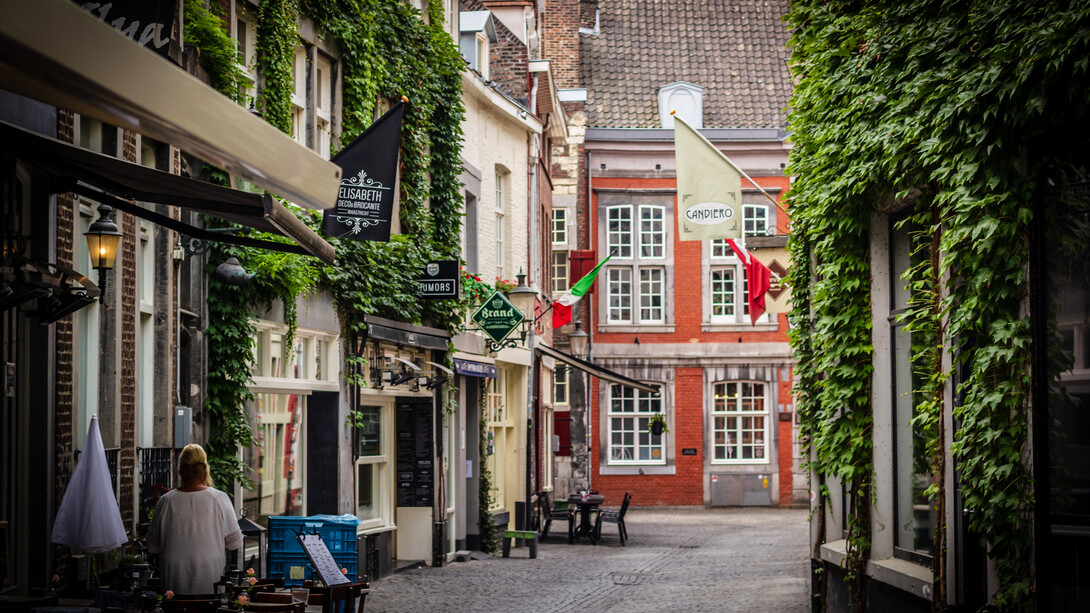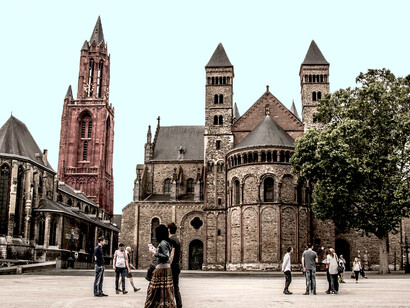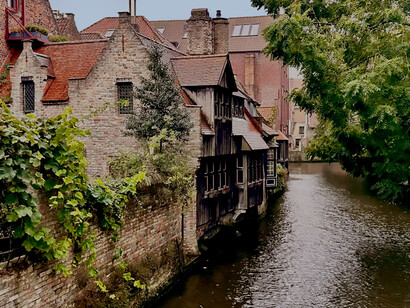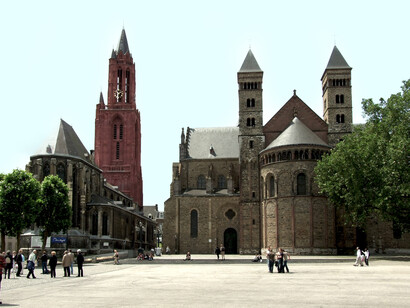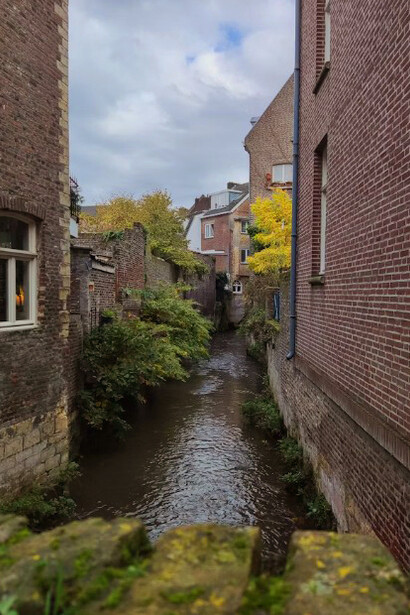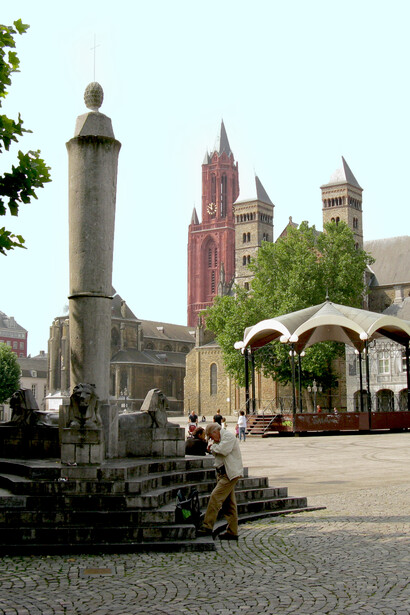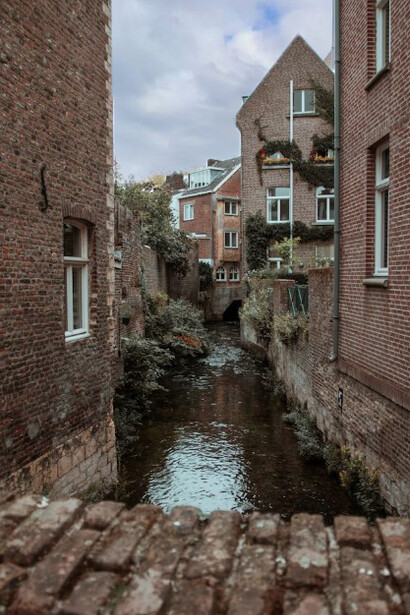In Maastricht, you’re likely to hear the word integration used often—in policy meetings, volunteer spaces, and municipal reports. It's a word that carries weight and one that’s easy to say but much harder to define. What does it mean to be “integrated”? Who decides when someone is? And more importantly, what does it feel like?
I’ve spent the last few months listening to people who’ve come to Maastricht seeking refuge and safety. Some have just arrived; some have been here for years. And one thing became very clear: Maastricht is a city that welcomes—but it hasn’t yet learned how to embrace.
More than a roof, more than a checklist
We talk a lot about housing, language courses, and access to work. And yes—these things matter. But again and again, I heard people say the same thing in different words: “I have what I need to survive. But I’m still waiting to belong.”
A young woman who fled conflict told me: "I live here, I take classes, I volunteer. But still, people ask me when I will ‘go back.’ Back where?"
Integration, for many, feels like an invisible line you’re never quite allowed to cross—no matter how well you speak Dutch, how many degrees you collect, or how long you stay. And while the city offers services, there’s still a difference between being housed and being welcomed.
Bureaucracy doesn’t build trust
Many of the people I spoke with had been navigating state systems for years—IND appointments, civic integration exams, caseworker changes, and delayed paperwork. What they described wasn’t just slowness or confusion. It was something deeper: a lack of dignity.
"I’m always being evaluated", one man told me. “I’m always proving something—but no one ever asks me what I actually want".
There’s a quiet violence in that—in being spoken about but not spoken to, in being placed into programs rather than invited into dialogue. Integration becomes a set of hoops, rather than a process of building mutual trust.
Belonging happens elsewhere
Despite all this, people do find ways to feel at home—but rarely through formal systems. It’s the community dinners, the casual coffee meetups, and the shared moments with neighbors. These small, volunteer-driven spaces are where people feel visible.
But here’s the problem: these spaces exist in the margins. They’re underfunded, informal, and fragile. Yet they carry the emotional weight that policies rarely do. If integration is happening anywhere, it’s there—in conversations over tea, in mutual aid WhatsApp groups, and in quiet acts of welcome that no policy document will ever capture.
A city still learning how to listen
Maastricht is not failing. There are many people trying—really trying—to make the city more open, more accessible, and more just. But the distance between intent and experience is still wide. And integration, as it stands, often feels like a one-way demand: adapt, adjust, comply.
One sentence has stayed with me, spoken by a young man who arrived six years ago:
I like this place. I’m just still waiting for it to like me back.
That line is both a compliment and a quiet heartbreak. Because what he’s asking for isn’t extraordinary—he’s asking for reciprocity. To feel, finally, like the city isn’t just tolerating his presence but rooting for his future.
Integration is not neutral.
It’s important to recognize that integration policy is never neutral—it reflects a society’s values, fears, and assumptions about who belongs. In the Dutch case, and in Maastricht by extension, there is still a dominant narrative that sees migrants primarily as problems to be managed or individuals to be made self-reliant. This framing obscures the reality that many of the obstacles newcomers face are not individual but structural: legal ambiguity, housing shortages, discrimination, and bureaucratic opacity. Integration cannot succeed if it treats inclusion as a matter of personal responsibility while ignoring the social, economic, and institutional forces that keep people excluded.
Whose culture must adapt?
One of the contradictions embedded in integration discourse is that it often presents itself as mutual, while in practice it places all the burden on the newcomer. Migrants are expected to adapt—culturally, linguistically, and behaviorally—while host societies rarely interrogate their own norms. In Maastricht, this dynamic is subtle but real. People are welcomed, yes, but on terms they didn’t choose. As long as integration is measured by how well someone conforms and not by how much space society makes for pluralism, it will always fall short of its democratic promise.
Belonging is built, not delivered.
Policies alone cannot generate belonging—it is something that must be lived, reciprocated, and built in everyday life. Yet the state does have a role: not in manufacturing belonging, but in creating the conditions for it to emerge. This means resourcing community initiatives, listening to migrants as experts of their own experience, and being brave enough to ask: What kind of society are we asking people to integrate into? Belonging is not about fitting in. It’s about being recognized, respected, and trusted—not for who you might become, but for who you already are.
Final thought
We call Maastricht a “city of arrival.” But arrival is just a beginning. Belonging takes more. It takes time, patience, and shared responsibility. It takes listening—and not just through surveys or forms, but in real, uncomfortable conversations.
If we want to build a city where integration isn’t a policy buzzword but a lived, felt reality, we have to start by shifting the question—from how do we manage newcomers? How do we meet them where they already are?
